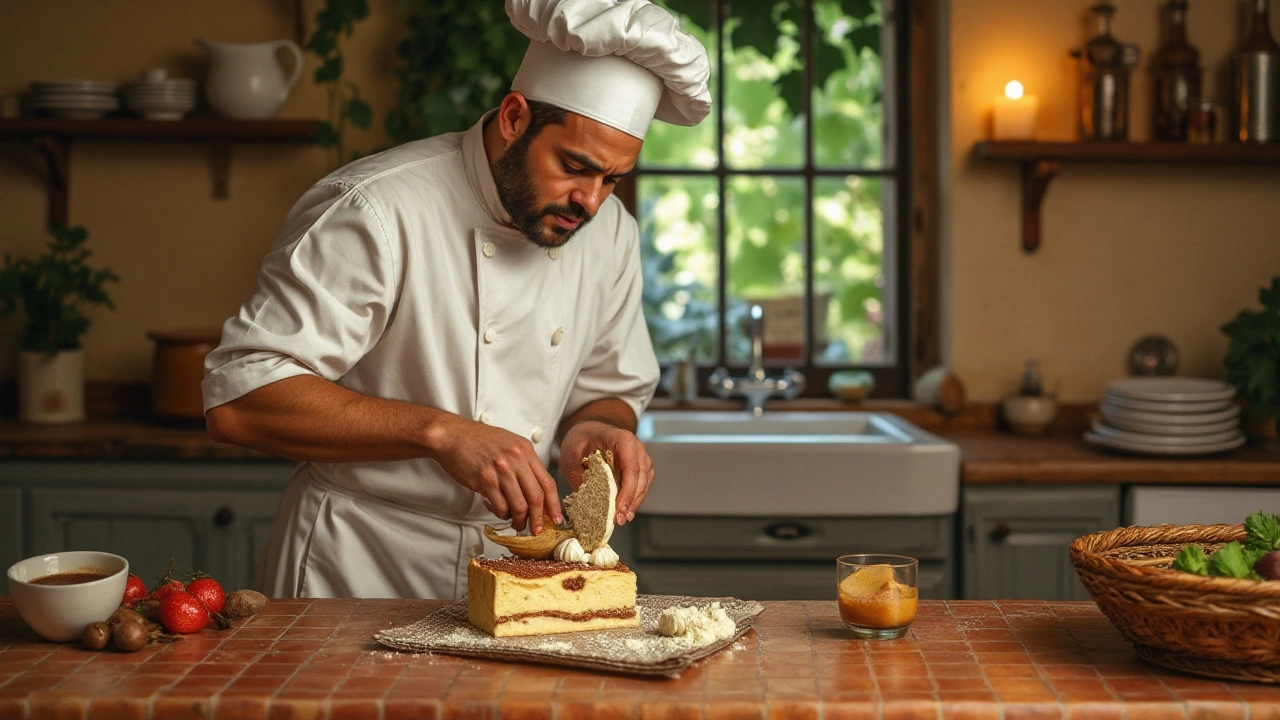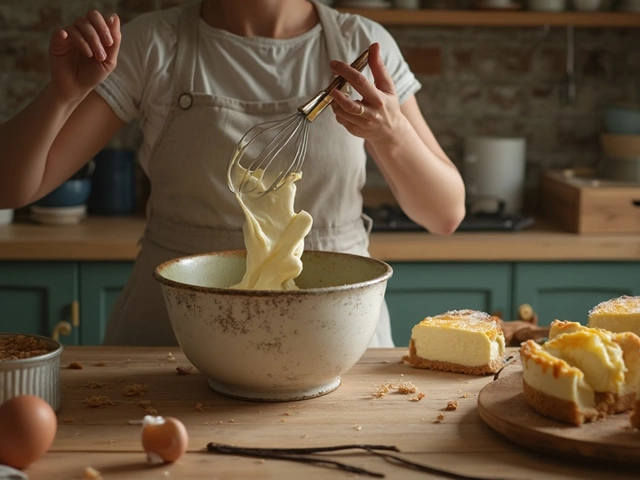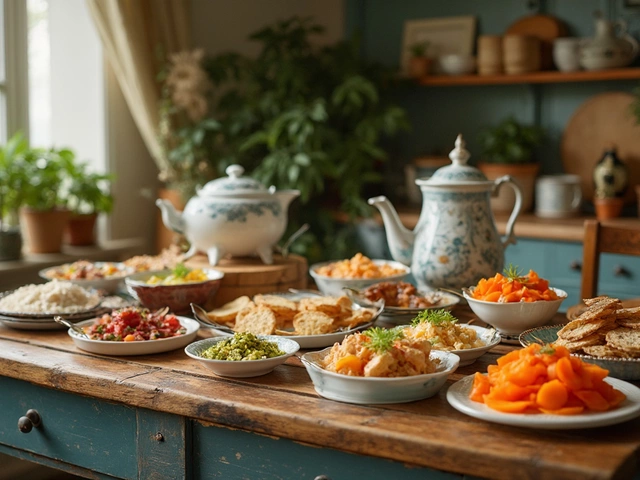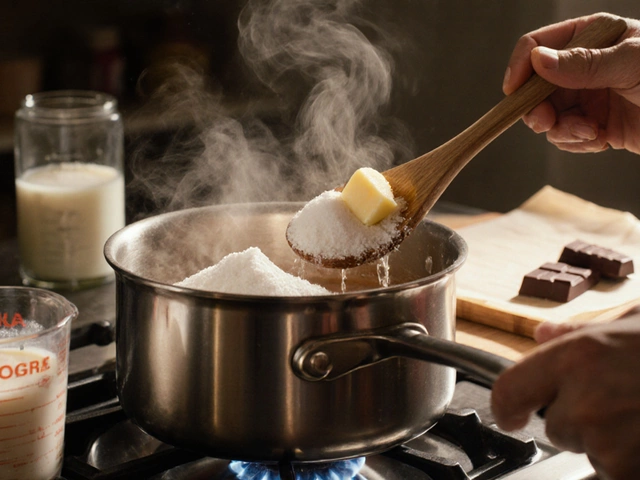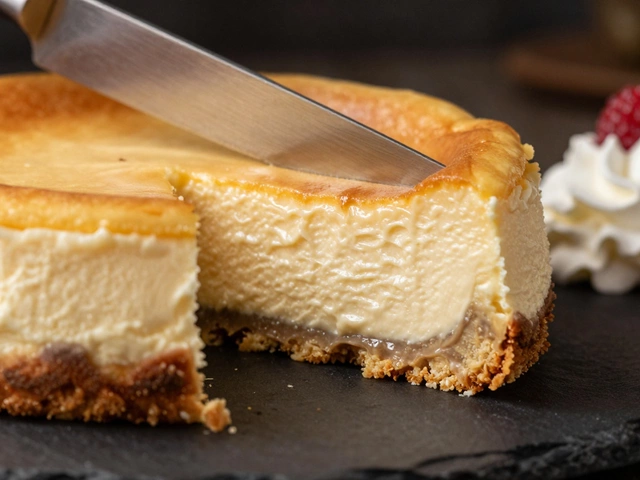Cheese Origins: How the World's Favorite Dairy Came to Be
Ever wonder why we love cheese so much? The answer starts thousands of years ago when early farmers realized that milk left to sit turned into a solid, tangy treat. This natural process was a happy accident that turned into a precious food source, especially when fresh milk was hard to keep.
The first cheeses likely appeared in the Middle East around 8000 BC. Shepherds carried milk in skin bags made from goat or sheep hide. The natural enzymes in the hide curdled the milk, giving them a portable, long‑lasting snack. From there, the idea spread across Europe, the Mediterranean, and eventually the whole world.
Key Moments in Cheese Development
In ancient Greece, cheese became a staple at festivals and a sign of wealth. The Romans took Greek recipes, improved storage techniques, and spread cheese throughout their empire. By the Middle Ages, monasteries perfected cheese‑making, creating varieties like Gouda and Brie that are still famous today.
What made cheese survive the ages? Simple things: bacteria, temperature, and time. Different climates and animal diets gave each region a unique flavor. For example, the creamy texture of Camembert comes from the cool, damp caves of Normandy, while the sharp bite of Cheddar is thanks to the grassy pastures of England.
Why Knowing Cheese Origins Matters
Understanding where cheese comes from adds flavor to every bite. When you choose a cheese, you’re also picking a story—whether it’s the ancient farms of Italy that birthed Parmigiano‑Reggiano or the high‑altitude pastures of Switzerland that created Emmental.
Knowing the background also helps you pair cheese better. Soft, milder cheeses like mozzarella match well with fresh herbs because they originated in sunny climates where herbs grow abundantly. Hard, aged cheeses need robust wines, reflecting the long aging process they endured in cooler, darker cellars.
Next time you slice a piece of cheese, think about the shepherds, monks, and chefs who shaped it over millennia. That little history makes each bite richer, and you’ll enjoy your snack even more.
